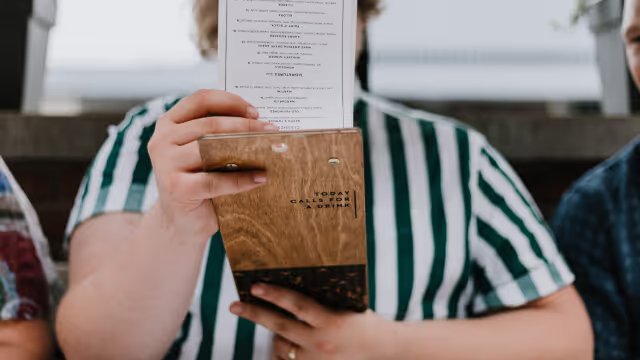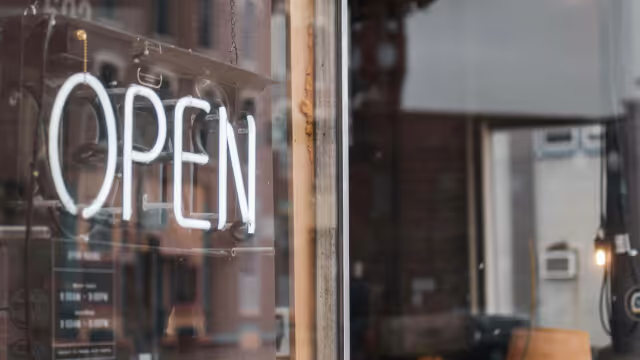One of the biggest barriers to technology adoption in hospitality is the thought of it completely replacing frontline staff, and in doing so diminishing the experience. This is especially the case with the in-store experience.
But it’s not a case of it being one or the other. It’s not a compromise hospitality brands need to make, it’s simply about finding the right balance, looking at where technology can help to enhance (or simplify) all the good work your staff are already doing.
Staff and technology should be complementary
Yes, many hospitality businesses are experiencing labour shortages at the moment, and digital solutions can help alleviate some of that pain. But technology is meant to complement staff and enhance the in-store experience, not take the jobs of the people that are pivotal to the industry.
QR code-based Table Ordering, for example, has the ability to take the pressure off staff when it comes to the time-consuming, transactional tasks such as processing payments and taking orders. This then lets staff add value in other areas of the business, and lets them really hone in on delivering the best guest experience possible.
Making the experience personal
The future of hospitality experiences lies in personalisation, and how brands can really deliver the bespoke experiences modern-day, digital-first guests expect. To do this though, data is crucial. This is where digital solutions can really help elevate the experience and help staff deliver even better service.
Brands must implement digital solutions that allow them to capture data on their guests however they interact, and in turn use this data to foster loyalty and brand advocacy, enticing their guests back time and time again.
This data and technology will then be able to inform staff and the business, allowing staff to really amp up the experience and the service they are able to deliver as a result. For example, imagine if you had enough data on each guest to immediately know who is a returning guest, know what their order history is, their dietary preferences, and what they typically like to drink. Your staff would immediately be able to provide more bespoke advice around ordering and upsell, and would be able to tailor the experience directly to each guest without having to rely on memory or past knowledge of the guest. All of this would help to build really meaningful relationships between your business and your guests, meaning more loyalty and more repeat customers.
Communication will be key
As brands look to more and more technology to help streamline their operations and increase profitability, especially in-store, it will be imperative that business and franchise owners really communicate with their staff, especially as some will be resistant to change.
Key areas that will need to be clearly communicated include:
- How the technology can help staff, both in making their job easier and how it can enable them to do their job better
- That the technology is not here to take away their jobs
- How the technology will help guests, and of course how guests can use it
- How the technology will help the business
By talking with staff openly, it will help mitigate any concerns up front. That way staff will be more engaged around the adoption of the technology, meaning the technology will be used to its maximum potential.
People and technology, a winning combination
Adopting hospitality technology is not about replacing staff, it’s simply a way to help adapt the guest experience to ensure it meets the demands of your guests today.
To learn more about how you must adapt your in-store experience so it can be the powerhouse it once was, check out our eBook, Is this the end of the in-store era?
Or, get in touch with one of the MOBI team today to understand how in-store technology can work alongside staff to better your guest experience and increase revenue.






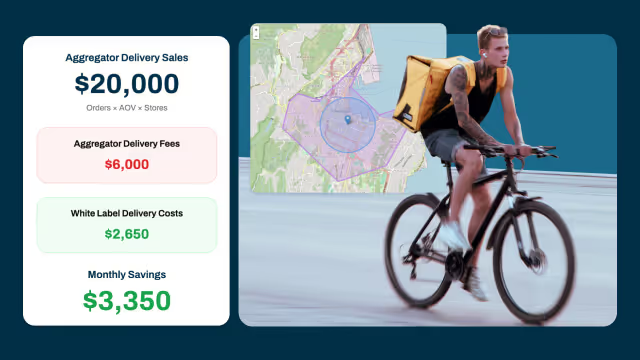

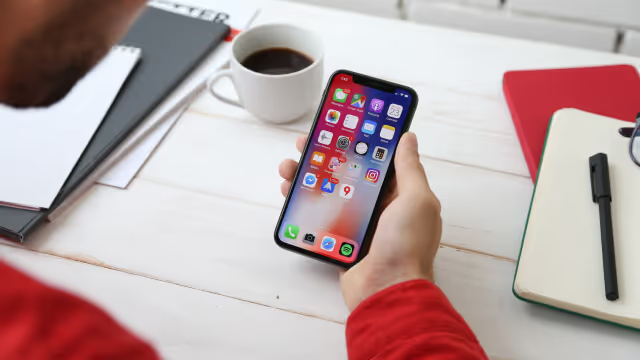
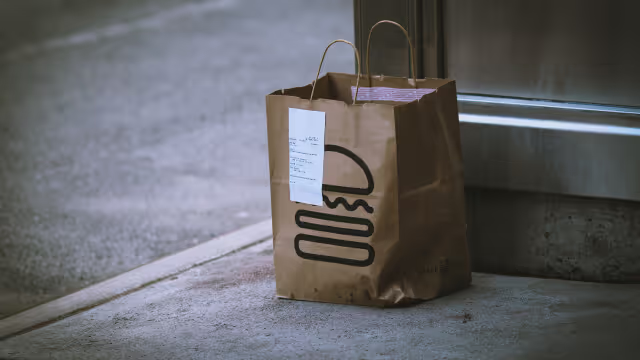

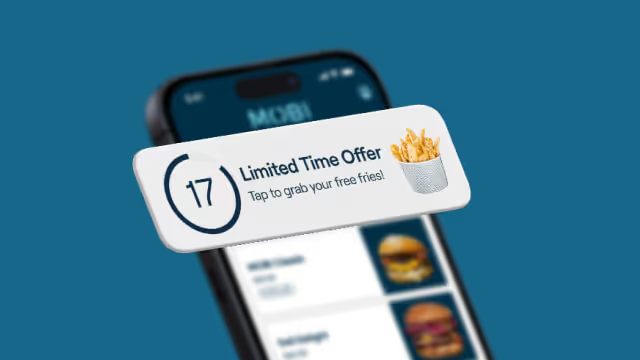

.avif)

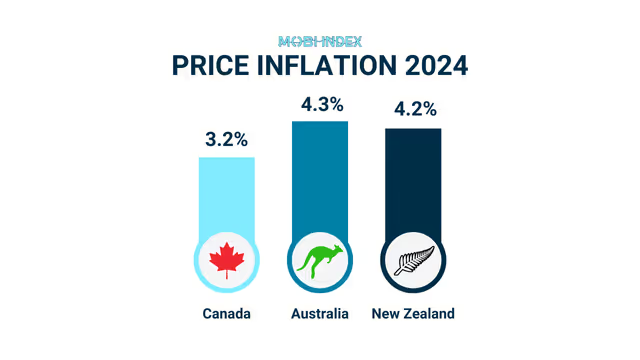

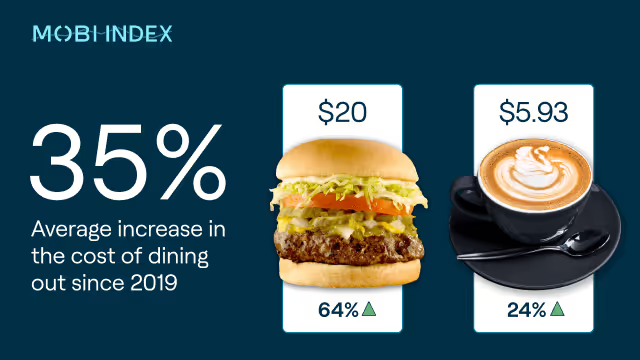

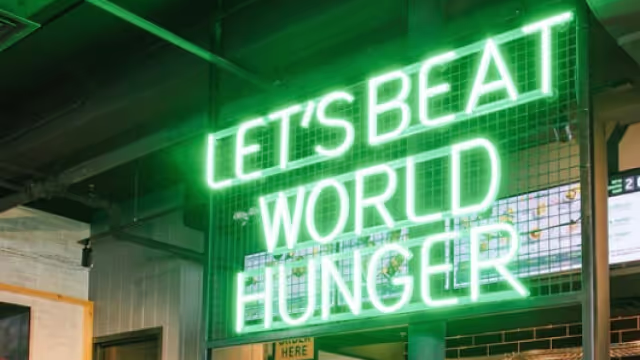
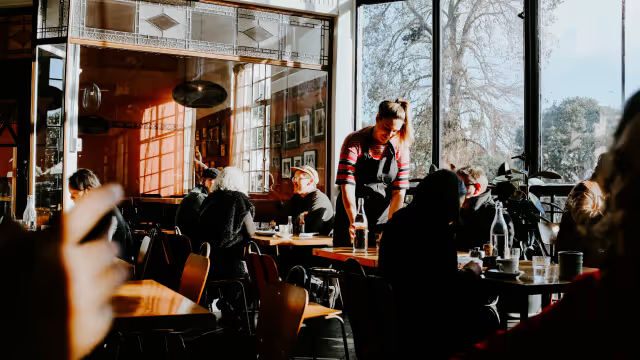
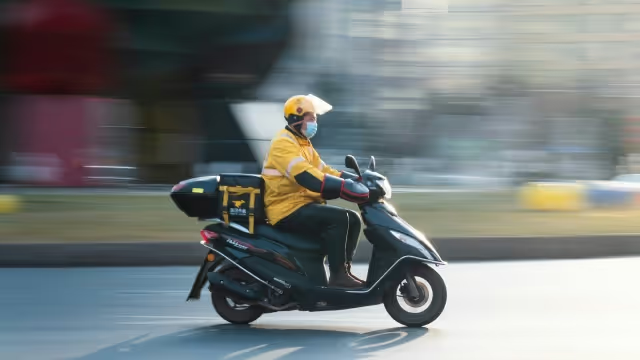

.avif)
.avif)
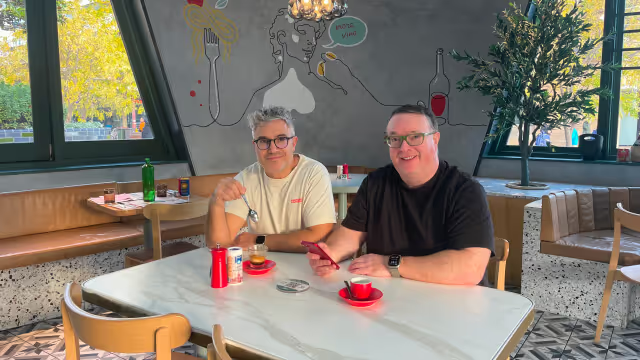

.avif)
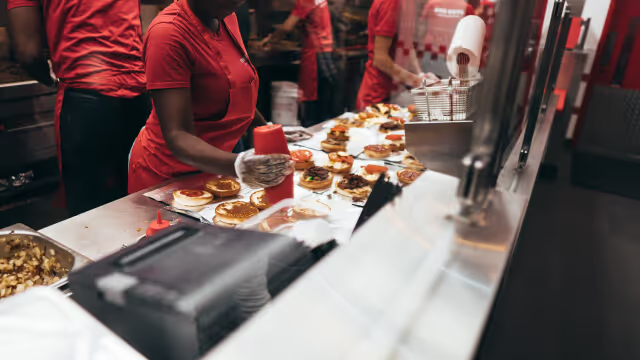

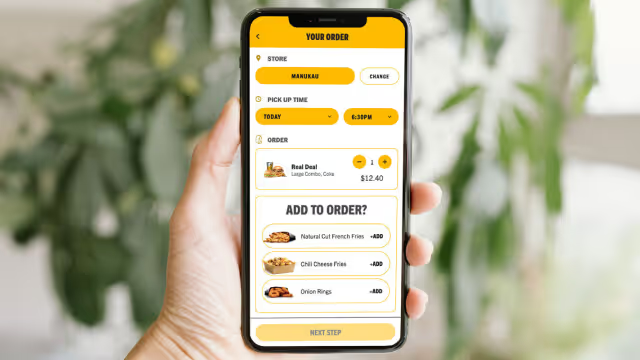

%203.avif)

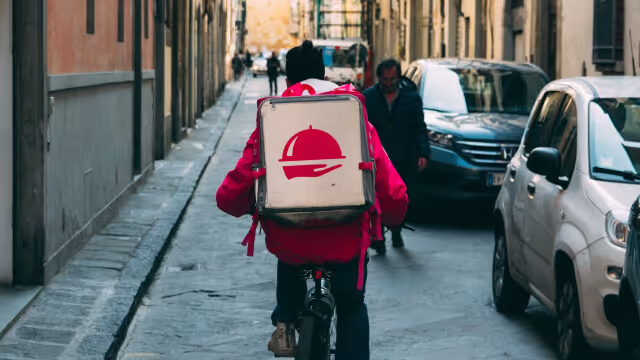



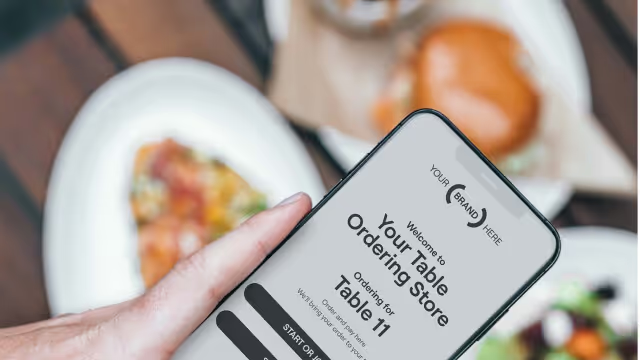

%203.avif)

%203.avif)
